The Plaza del Patriarca
Decorated with a symmetrical grid of orange trees, the Plaza del Patriarca is home to a couple of Valencia’s most historic buildings: the Real Colegio Seminario del Corpus Christi and La Nau, both of which date from the 15th century.

We lived adjacent to the Plaza del Patriarca in 2008, and a lot of our original Valencian memories were made here, so visiting feels like returning home. These orange trees? Our dog used to sniff on each, before choosing one to pee on. That bar over there with tables in the sun? It has a new name, but I don’t care as long as they’ve still got cold beer. The kids smacking their football against the church wall, their well-dressed parents blissfully ignoring them, the couples necking at the fountain, the priests shuffling back to church after running errands in town… nothing has changed!

You could spend an entire day in just this single plaza. Start with a visit to La Nau, which is the historic seat of the University of Valencia. Built in 1498, La Nau is centered around a spacious courtyard, presided over by a statue of Lluís Vives, the most luminous of the university’s early scholars. Born in 1493, Vives was among the first intellectuals to examine the human soul, and is credited with laying much of the groundwork for modern psychiatry.
With the expansion of higher education, the University of Valencia relocated onto a campus farther north in the city, but La Nau has remained its official headquarters. There are still study rooms and a library, but today the building is dedicated mostly to cultural events, such as photography, artistic exhibitions, cinema and classical music performances. The summer movie programs are eclectic, and we’ve come here often to sit in the courtyard and take in some great old films.
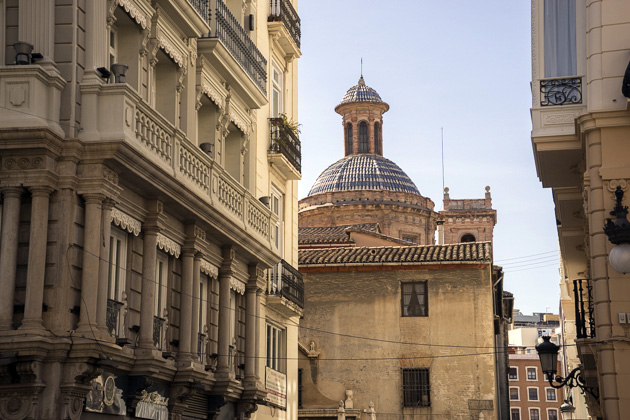
Just across the road, the Colegio del Patriarca (or Seminario del Corpus Christi) dates from roughly the same time period as La Nau. But unlike the former university building, the Patriarca has maintained its original mission into the present day. Monks still live and train here, and every morning at 9:30, they’re up in the choir of the church, filling the hall with the beautiful sound of their Gregorian chants. The church itself is one of the city’s true religious treasures, its every last inch covered in frescoes. Even for pagans like me and Jürgen, it’s hard to remain unmoved when inside.
Before entering the church, you have to pass by the “Dragon of the Patriarch,” which guards the atrium. One of the stranger things I’ve seen in any church, this stuffed crocodile is mounted on the wall over the holy water basin. According to the popular legend, this was a dragon who lived in the Turia River, terrorizing the good people of Valencia. In exchange for a pardon, a Jewish prisoner agreed to kill the dragon. When the fateful day came, he approached carefully, and at the right moment, threw off his robe, revealing a dazzling suit of mirrors which dazzled the beast, and allowed the makeshift knight to deal out the killing blow.
(In truth, the Dragon of the Patriarch is a crocodile brought back from one of the first Spanish ventures to South America.)
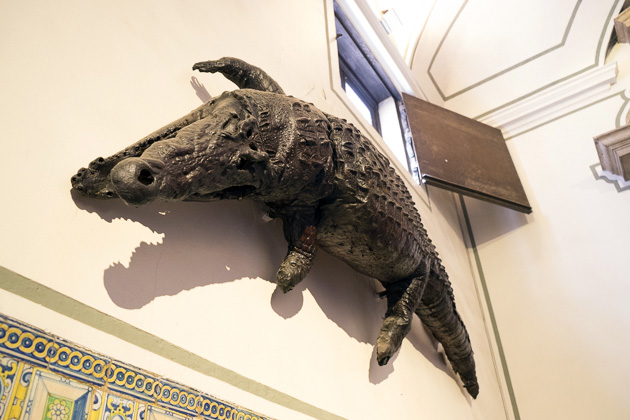
In addition to the church, the convent is home to a small museum which boasts paintings by Juan de Juanes, El Greco and Caravaggio, as well as an original, hand-written manuscript by Sir Thomas More. You access the museum by passing through a tile-covered courtyard, an aesthetic brother to the courtyard in La Nau. Here, you’ll find statue of San Juan de Ribera, who founded the convent back in 1586. The statue is the work of renowned Valencian artist Mariano Benlliure.
A company called Valencia Tour offers a great introduction to the Colegio del Patriarca. We thought we knew this church inside and out; after all, we used to live right next door and had visited at least a dozen times. But we learned a ton during this tour, which lasted around an hour and a half.
After getting through both the Colegio and La Nau, you’ll be ready for a break. Luckily, the Plaza del Patriarca has you covered. We recommend lunch in the restaurant Bar Damas — either sit outside in the alley, or in the cozy upper floor. If you’re in need of sun, you can choose from the restaurants which always have tables out in the plaza.
As you’re finishing off your lunch, you might look at your watch and be horrified. 5pm?! How did that happen? You’ve spent the entire day in this single plaza… all your plans are dust. But relax! So far, it’s been a great day. Besides, it’s only five, and Valencia is just waking up from its afternoon nap. Your day is only half-way through.
Locations on our Map: Colegio del Patriarca | La Nau
A company called Valencia Tour offers a great tour of the Colegio del Patriarca. We participated, and learned a ton about this church which we thought we already knew very well… after all, we used to live right next to it, and had visited at least a dozen times! The tour lasts around an hour and a half, and is totally worthwhile.
–Cheap Car Rentals In Valencia (book at least one week ahead of your arrival)

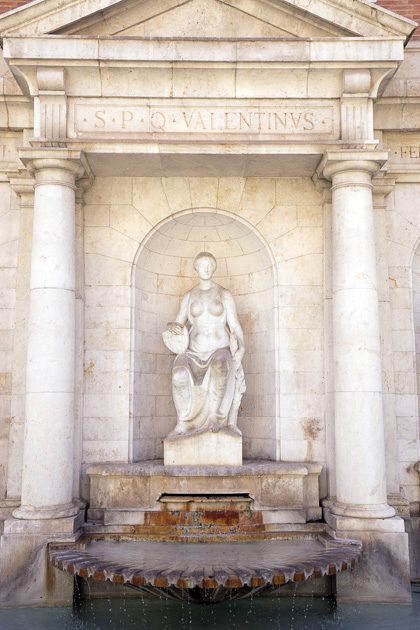

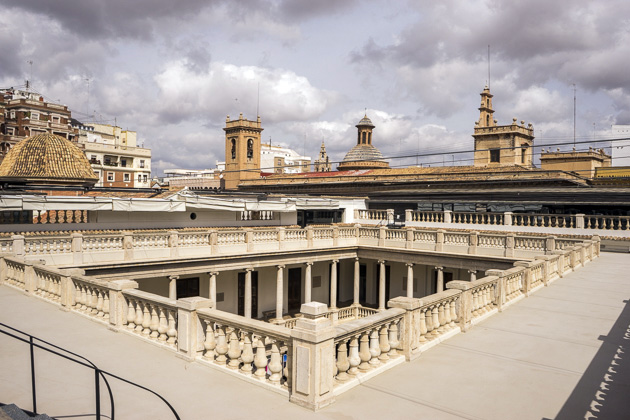

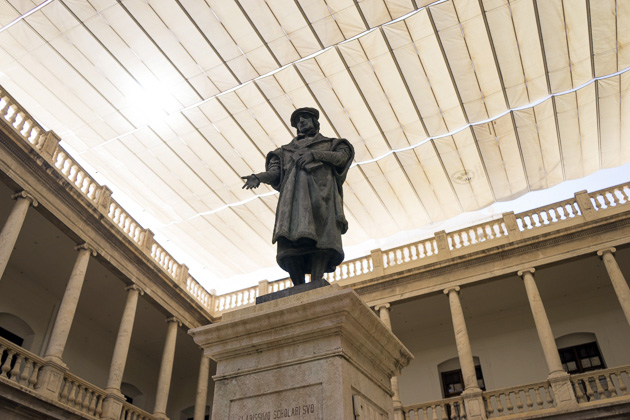
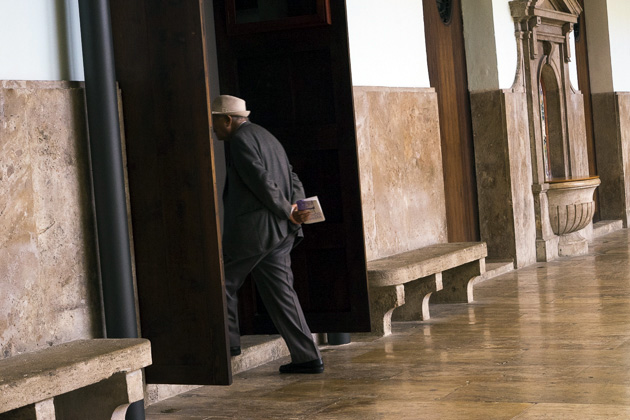

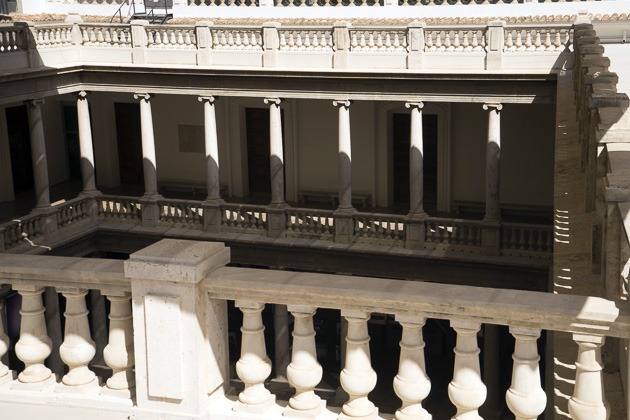
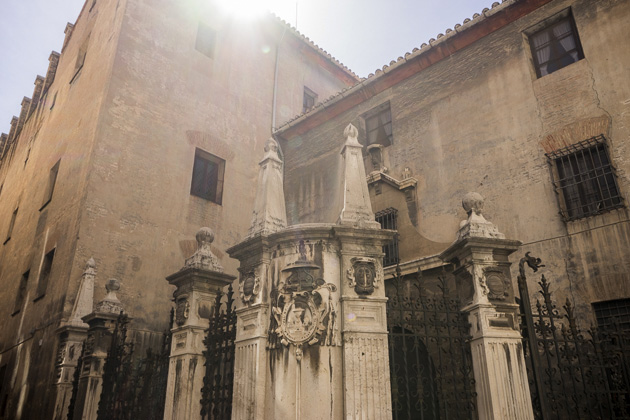
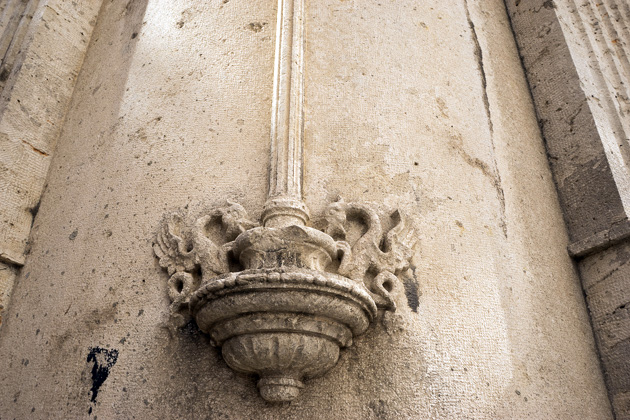
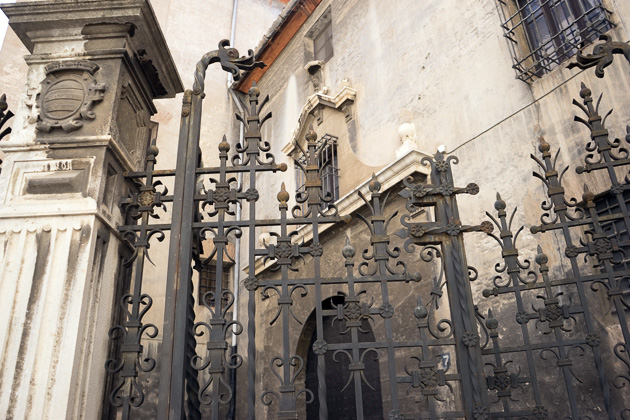
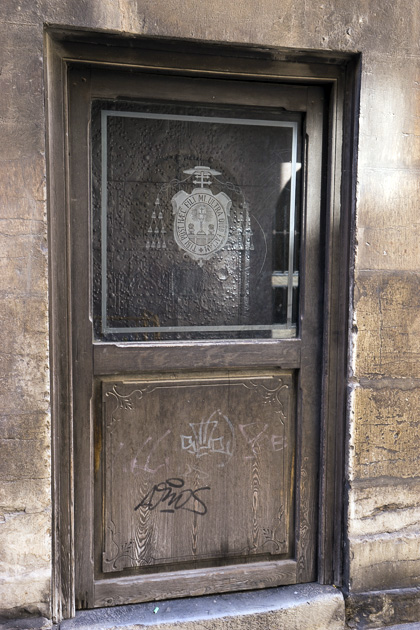
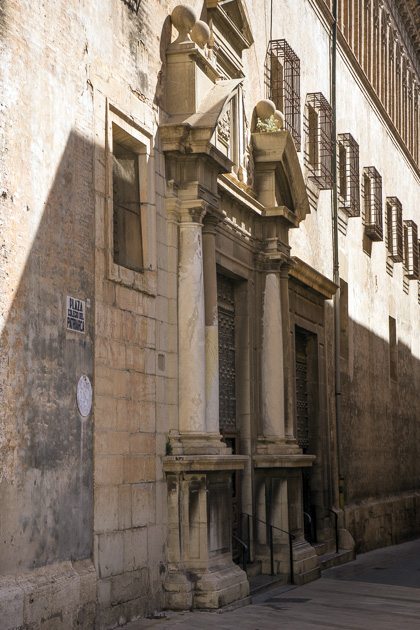

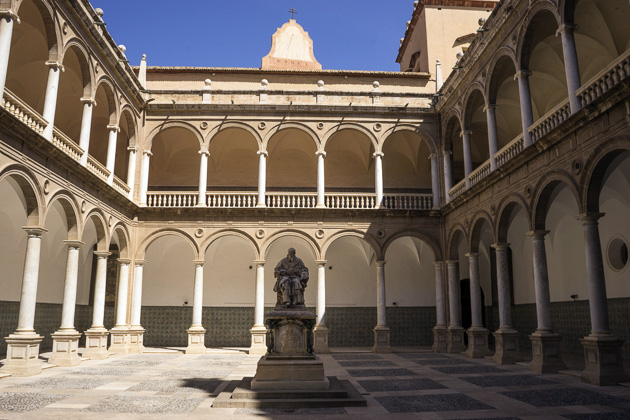
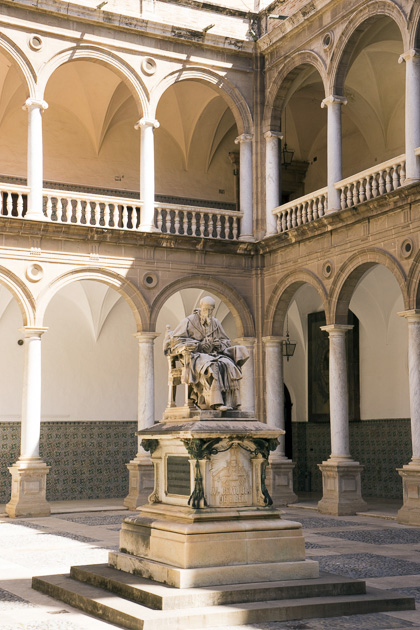


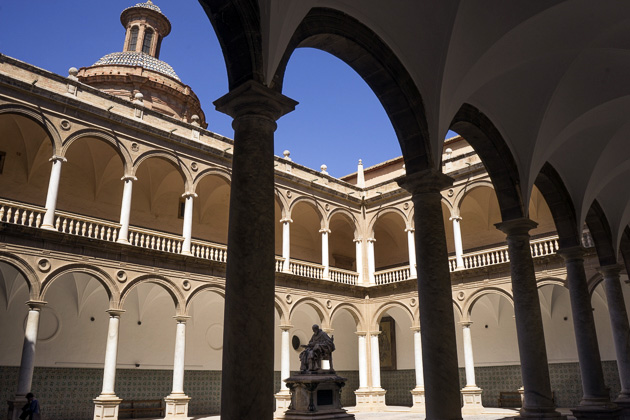
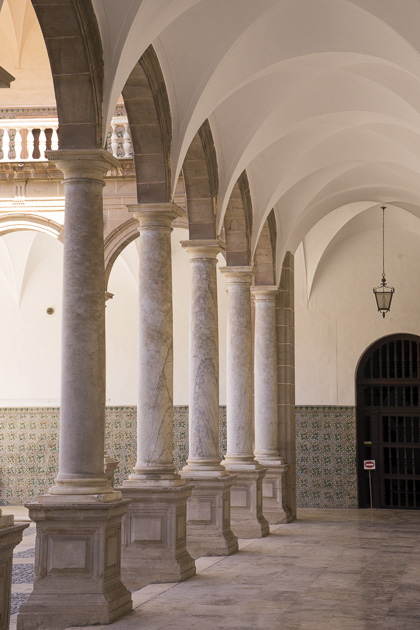


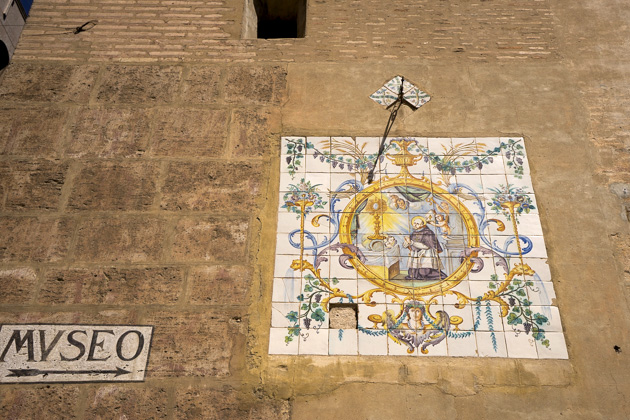
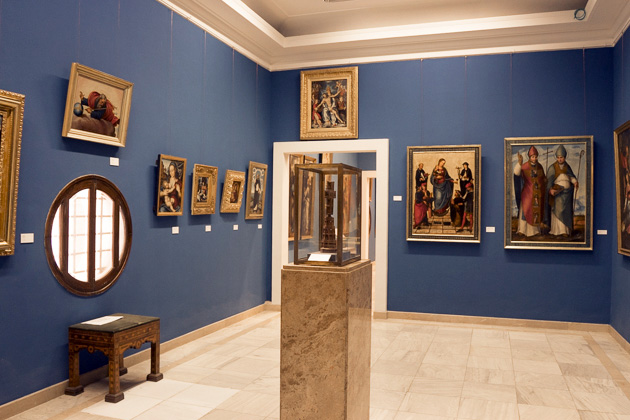
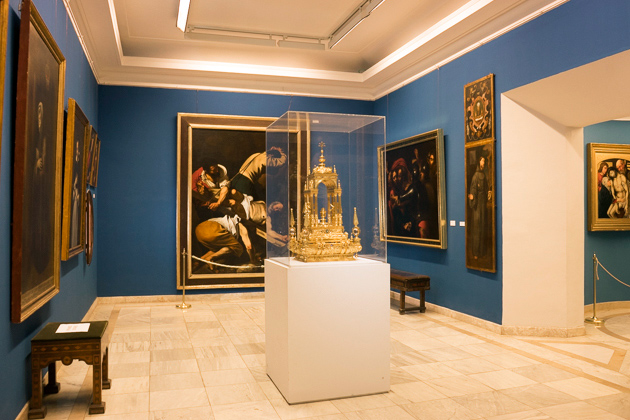

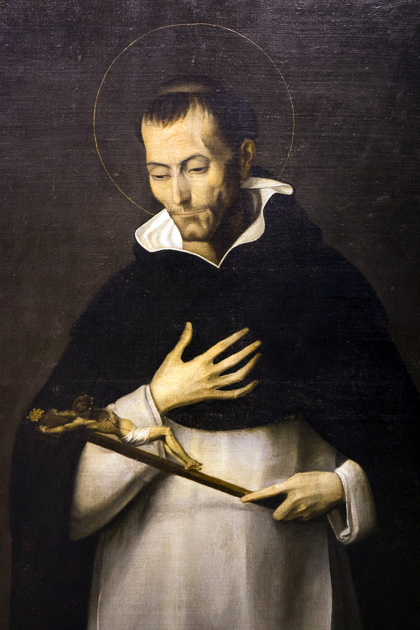
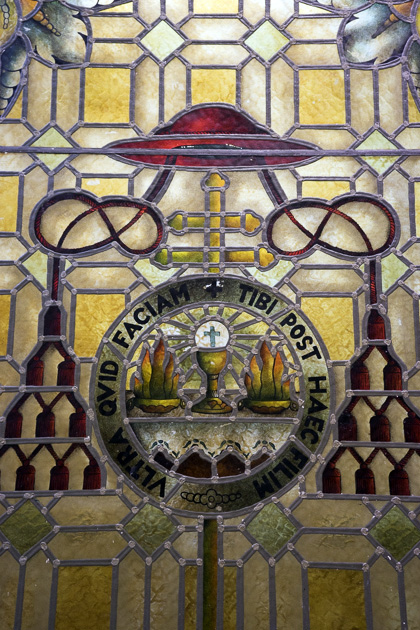
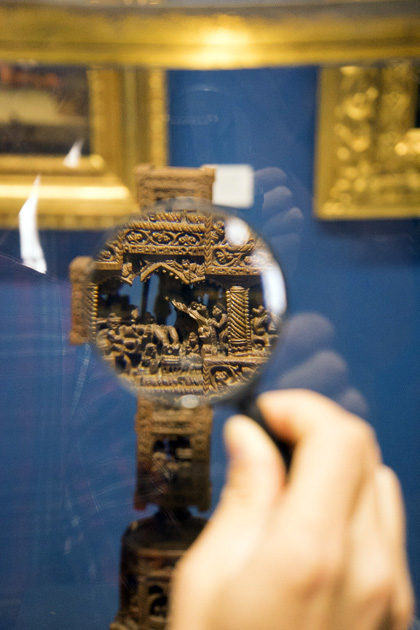
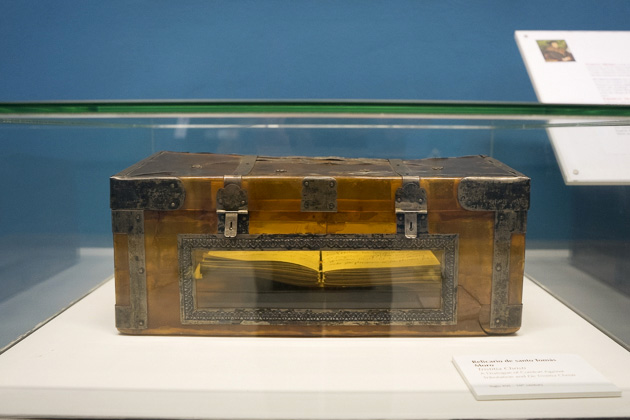
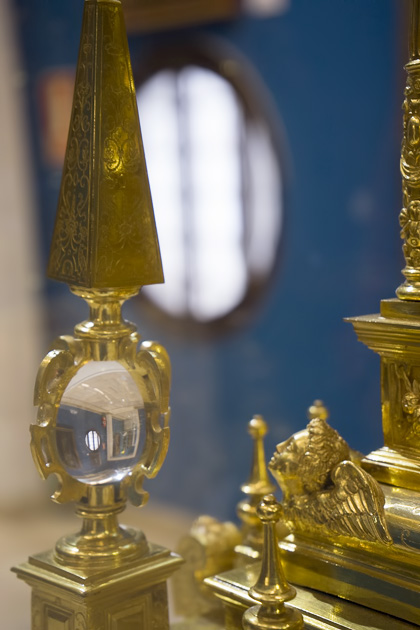
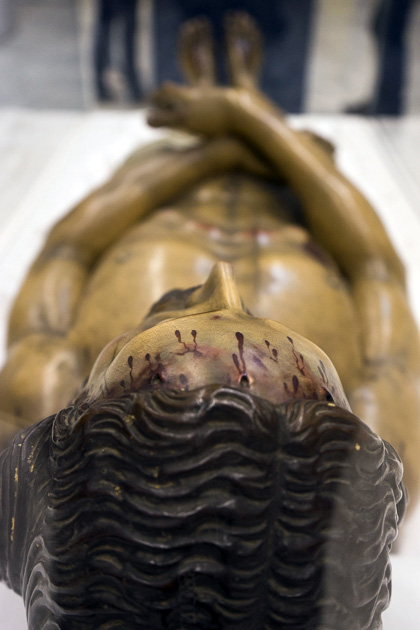

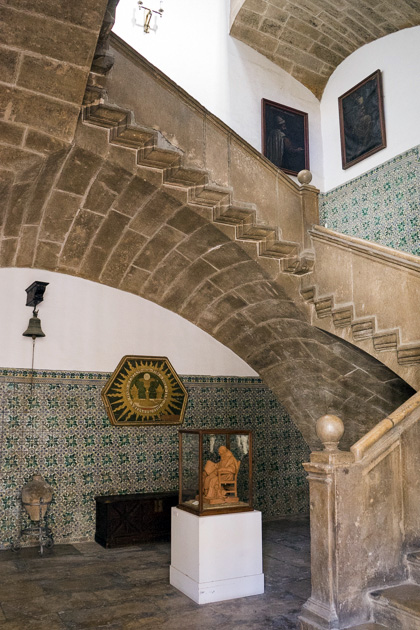
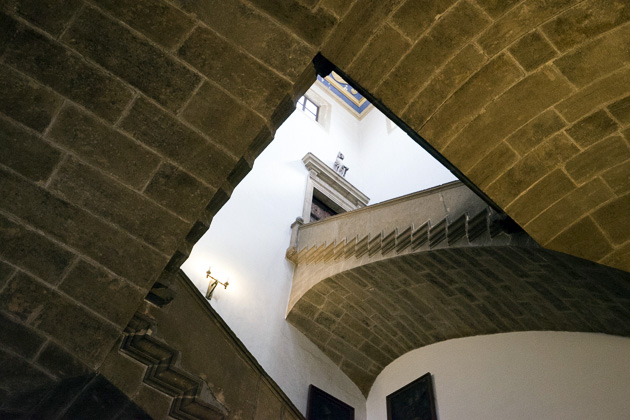

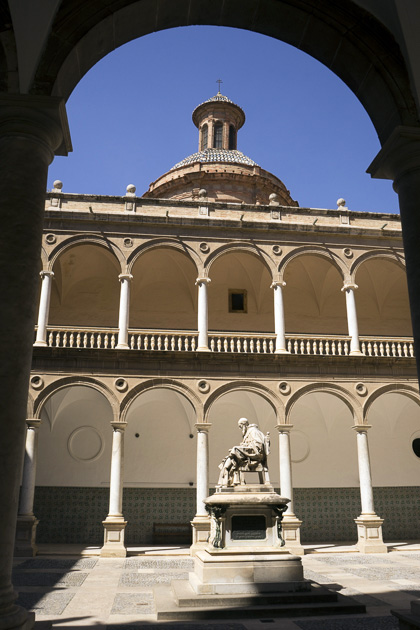
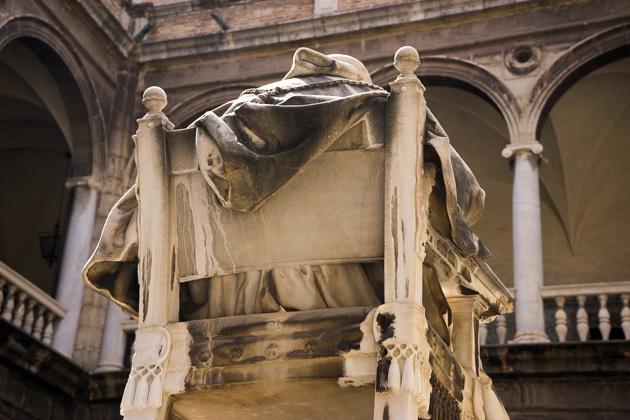
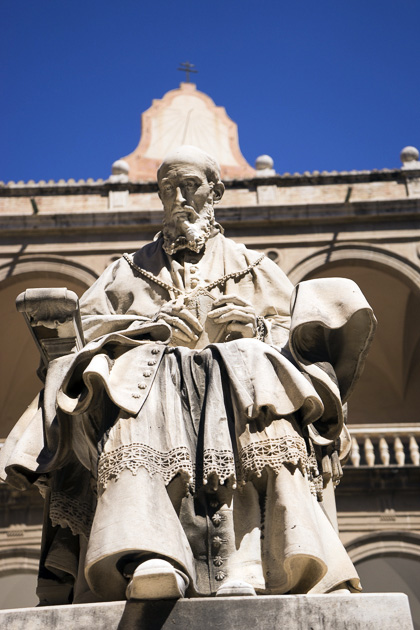

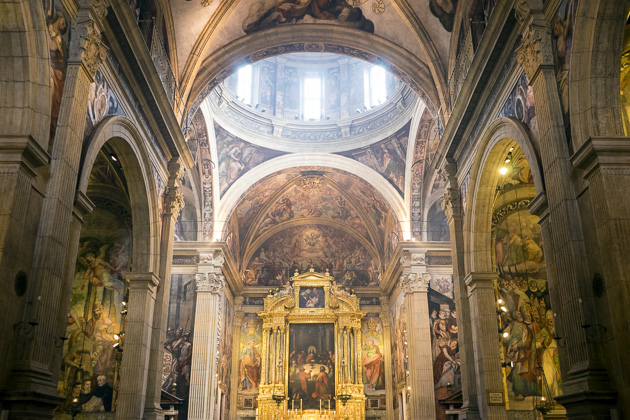

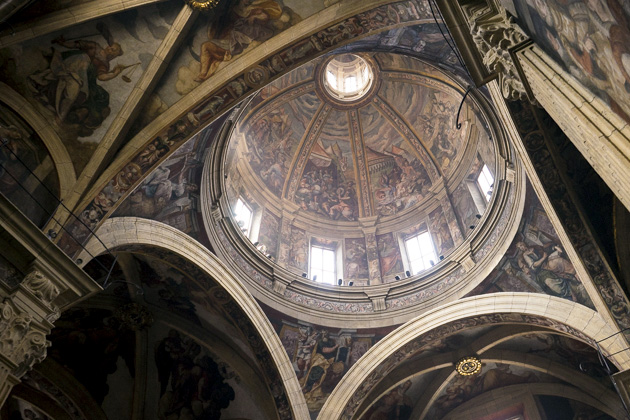
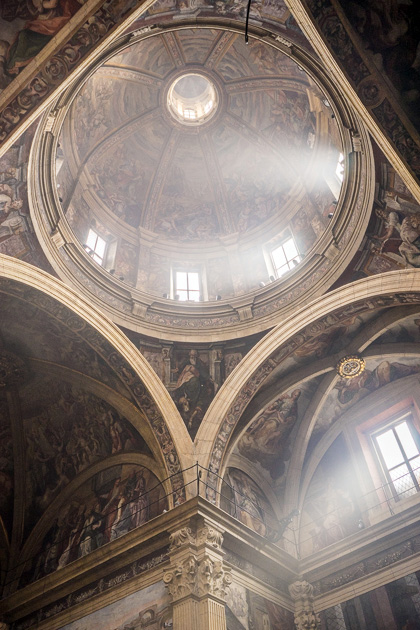
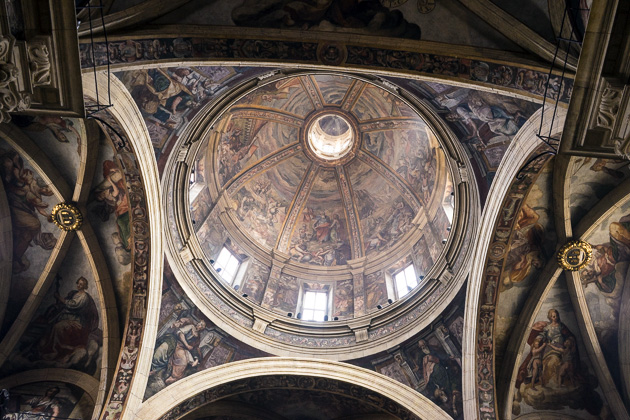

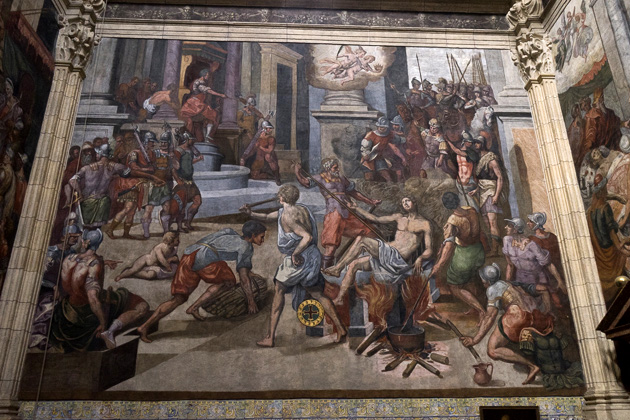
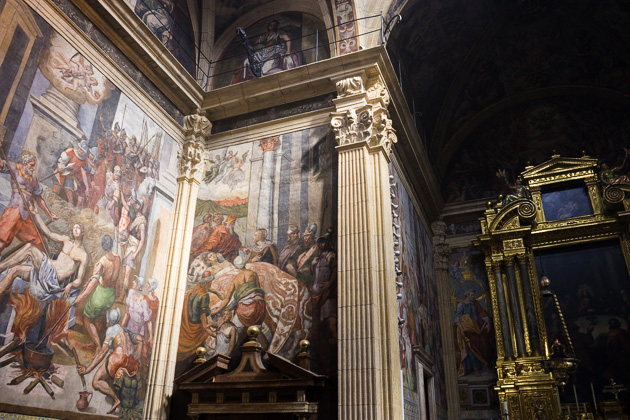
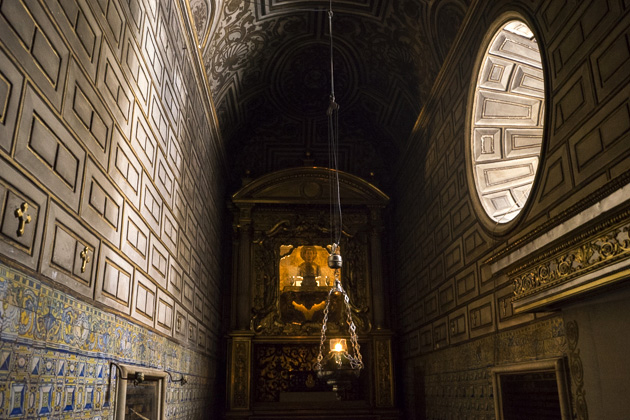

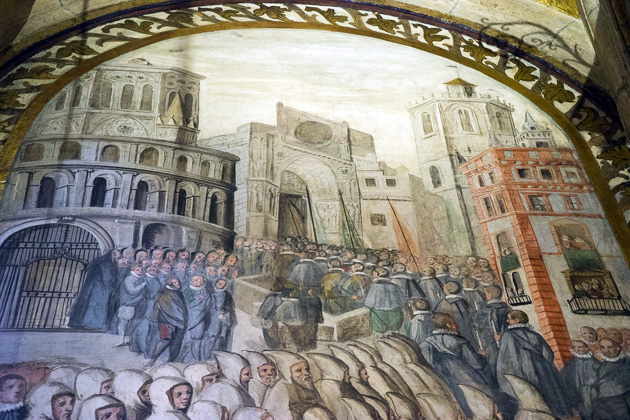
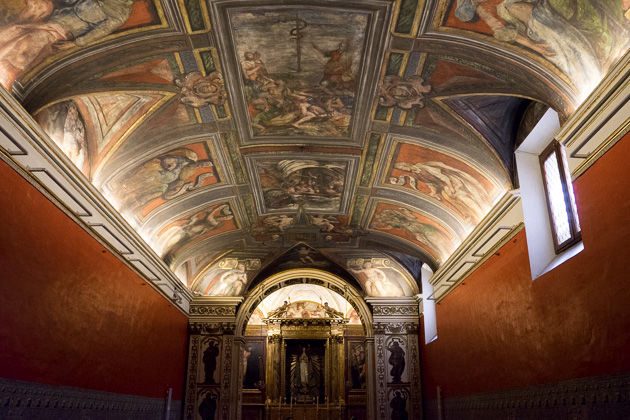
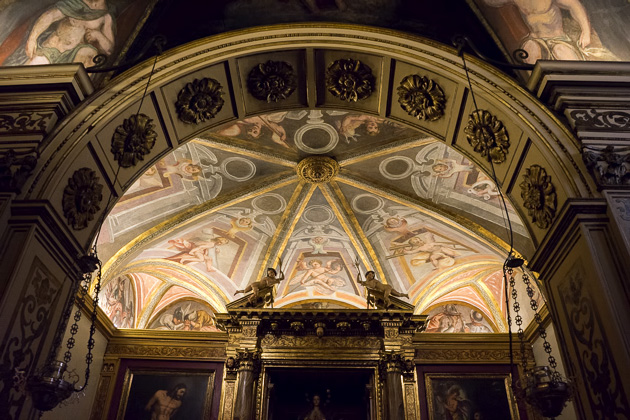
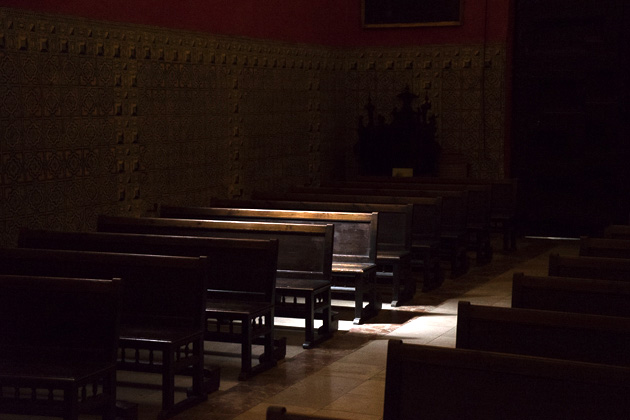
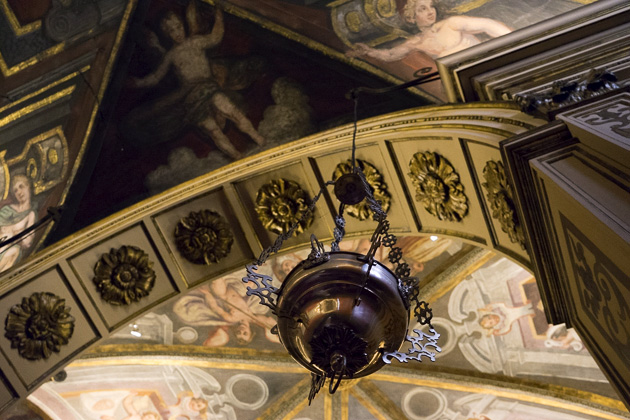
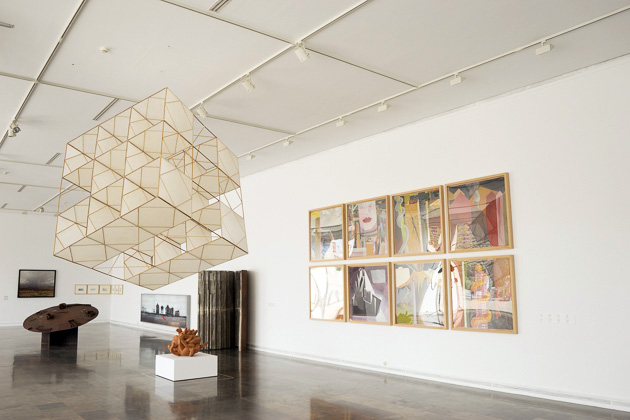
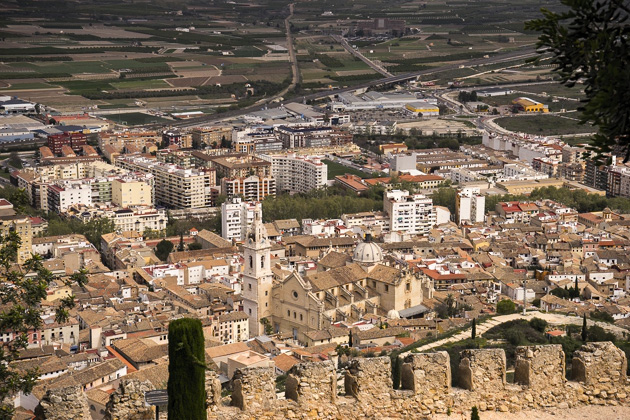
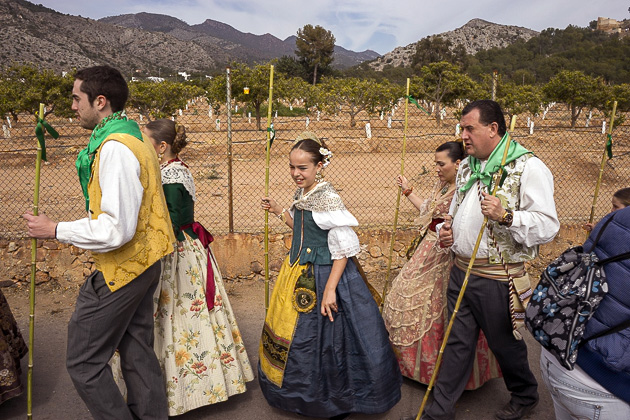
Pingback: Meet the Valencians | For 91 Days in Valencia – Travel Blog